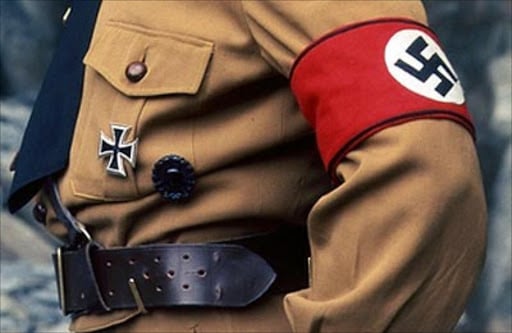I took this photo back in 2004.
I headed to the Impact Hub again for Melony’s writer’s workshop, this time with Nya and Arion in tow. There are 7 other kids that come to this workshop, so they felt right at home. I got them rice from the Chinese carryout across the street.
Melony handed out cards to everyone. and they then had to write about if they felt it was true or false, and mine was the last. The card I pulled read:
I am guided throughout this day in making the right choices.
Divine intelligence continuously guides me in the realization of my goals.
This feels true. Thought it’s harder to feel the Creator’s presence when I am in pain or when I am lonely, I still feel it. I’m still reminded of it. When the wind blows, when the sun warms my skin, when leaves dance around my feet, I’m reminded I am cared for.
Even when things are cold, and loved ones feel distant, and the things I must do to survive life nearly seem an impossibly overwhelming mountain stacked against me, something small will happen, some breakthrough, some kind gesture, a soft smile, a warm hug, and I am reminded I am loved.
And care and love is all I need to reach my goals. That care and love is within me. That care and love is around me.
Where are you not showing up in your life?
Melony told us a story of her life, and then asked us this question.
I immediately thought of my house. It’s just a simple ordinary Baltimore row house, but it was the biggest thing I’d ever purchased on my own 13 years ago. I’m proud of it.
I’m still battling foreclosure with the mortgage company I’ve been with for over a year, but all of that seems compounded and harder since getting divorced. The mounting bills, fighting tooth and nail to get them to recognize that my house is only worth a quarter of what they say it is, and random assessors who show up and take pictures or leave threatening letters has become the norm.
And I’m tired. And I’m trying not to give up.
But all of the chaos surrounding my house and them trying so hard to take it away from me drains all the energy I have to invest in it.
I love working with my hands. I like building. Repairing. Creating. Fixing. The shelves in the upstairs hallway. The storage in the office. The lighting on the front porch. The back yard and its quiet half-acre of forest that I want to build a garden in.
3 days ago, I took the Christmas tree out for the first time since I had brought it in the house in early December. I had told myself it was fine because it was still green. Because it still made the living room smell nice. Because I didn’t want to kill a living thing. But when I brought it around the back and put it in the burn barrel, it only took a tiny spark from my lighter to send a blaze towering 16 feet into the night sky. It offered no resistance to the flame. It had been dead for a long time.
My house is my home. My space is what I’m neglecting. However long or how little I stay there, I must show up for it. I must show up for me.
It’s mid-March. How are you?
I feel healthy.
I’ve been working out steadily for a week now. Since I hurt my back a month and a half ago, all of the workouts I had been doing stopped. The muscles I was growing, the fat I was shedding, even the change in the way I walked felt wonderful. I had been working out since mid-summer, and it felt like a blow to that steadiness that I had maintained.
But my therapist and those close to me had reminded me that I could take it easy, and that quietness and healing is also critical to growth. Sometimes being healthy isn’t just being active, sometimes it is also learning to take a step back and enjoying the rest.
What is my life like when it is in balance?
This is a really hard question for me. I don’t often feel like my life is in balance. Everything seems to be unbalanced all the time, with me obsessing over one thing or another, compensating for one thing, then the next.
In the heart of Philadelphia lies The Benjamin Franklin Institute, a science museum that I remember my parents taking me to as a child. In the middle of the building is a massive pendulum, several stories high, which sways in seeming perpetuity, rocking this way and that and designing patterns on the floor.
My life feels like that, swinging one way or another. I’m never in balance, I’m constantly moving and changing and building patterns. It’s been something that I’ve been criticized for, that I’ve been chastized over. I don’t have a balance.
But then I remember, the pendulum stays in one place. No matter how far it swings, it’s still grounded at its core. Internally, I feel calm and steady, even though everyone else sees nothing but chaos. Maybe that is what balance is for me. Rocking one way, then the next.






















